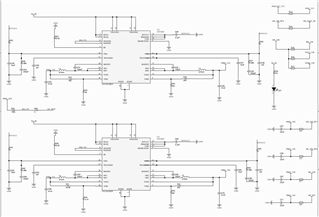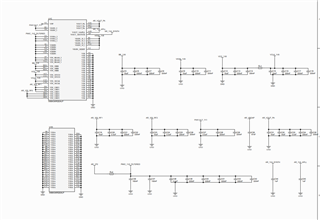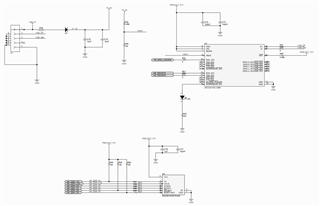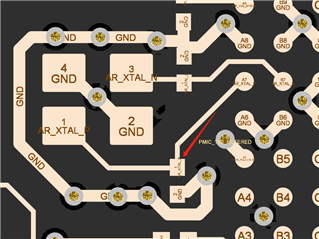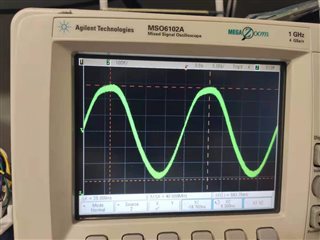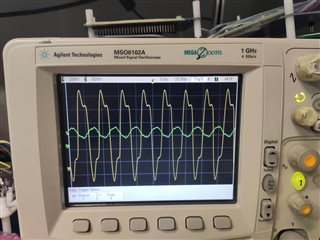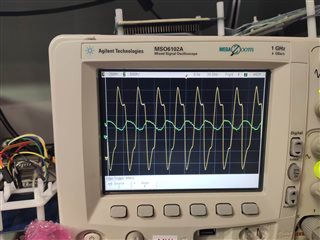Other Parts Discussed in Thread: , MMWAVEICBOOST, UNIFLASH
Hi,
Thanks for taking time to look into my question.
I am using a custom PCB board for IWR6843AOP, most of its design is identical to the IWR6843AOPEVM, including the UART and flash, I directly copy the schematic from the EVM for these 2 parts. But I use another PMIC to replace the LP87524JRNFRQ1.
After fixing some small errors, the board works fine for a week. It can be flashed and output data normally. However, in the last week, sometimes it can not be flashed and eventually cannot be flashed completely today. But, if it is switched to functional mode, it still can output data normally.
I have tested the UART part by connecting the enhanced COM port with a COM utility in windows. In functional mode, the radar can respond to the commands, thus the UART part should works fine. The radar can output data normally in functional mode, it reflexes the real world results, so the power should not be a problem as well. I do not know how to test the QSPI flash.
I am wondering whether you have any suggestion for me to further debug the board.
Thanks
Piao



